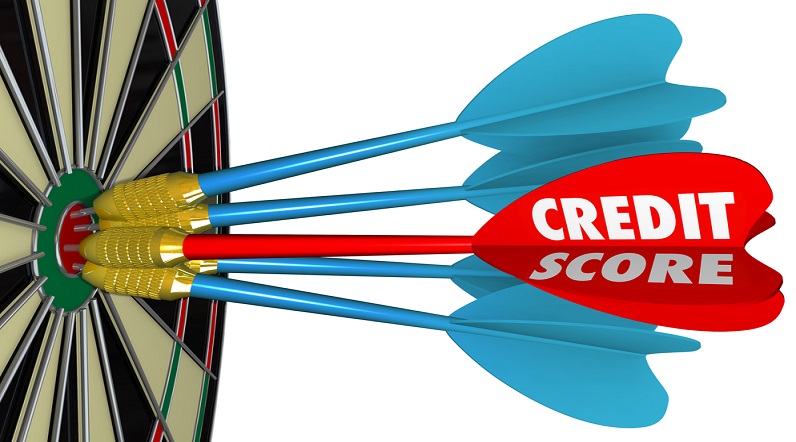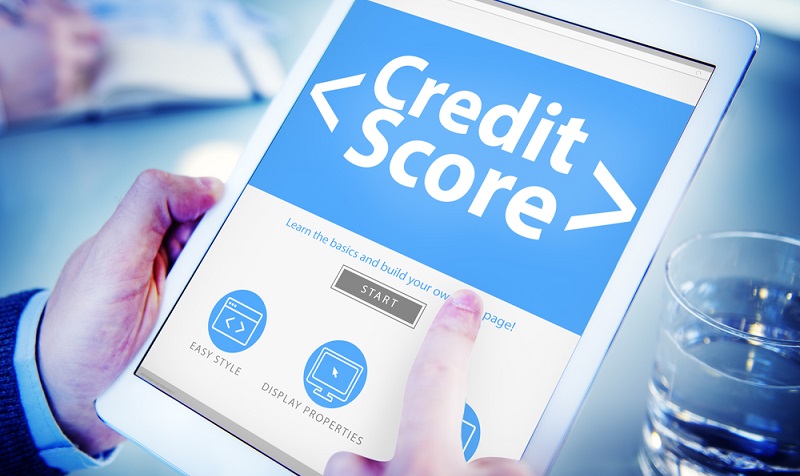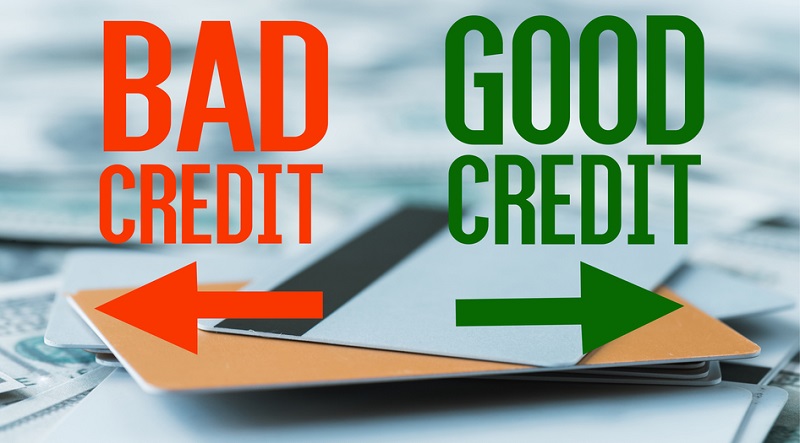- Home
- Your Credit
- Different Types of Credit Scores
Different Types of Credit Scores and How They Apply to You!

You may have 20 or more different types of credit scores available at any time, depending on your unique credit profile.
It’s common for personal finance blogs, books, and websites to recommend you “check your credit score,” but what score should you check?
Most consumers aren’t even aware that so many credit scores are available now. They see one score and assume it’s the only score. That leads to confusion when they get to an auto dealer or loan officer and see a much lower or higher score on the paperwork.
There are general or basic types of credit scores based on all of the information in one or more of your credit reports. Then there are more precise credit scores designed to highlight your creditworthiness when buying a house, car, or other high-ticket items.
Lenders can check or generate scores to meet their needs, so consumers should know what different types of credit scores are available and why they differ.
Why So Many Different Types of Credit Scores?
Two main factors that can determine a credit score:
- The formula used to calculate the score.
- The information entered into the formula.
An automated credit scoring model is the formula used to calculate a credit score. All three credit bureaus have their models.
The Fair Isaac Corporation (FICO) and VantageScore maintain two primary independent scoring models. Large banks and other financial institutions often use their scoring models created in-house.
All credit scoring models are updated over time to reflect changing trends in American financial habits. There are now multiple versions of VantageScore credit scores available, and there are more than 25 FICO scoring models in use.
The information used to compute these credit scores comes from your three credit reports. Every scoring model creates a different score because the information in your credit report has varying importance or weight in each scoring model.
The information contained in each credit report tends to vary since many lenders don’t report to all three credit bureaus, and the bureaus don’t share information.
If that sounds confusing, remember that there are multiple credit scoring models in use today, and each one can generate a unique credit score. That makes it difficult to know what credit score a lender will pull when considering your credit application.
It’s impossible to check every credit score you may have at any given moment. The best you can do is understand the different types of credit scores and how they differ.
Credit Bureaus Generate Different Types Of Credit Scores.

TransUnion, Equifax, and Experian, each of the three credit agencies, generate different types of credit scores.
These scores can vary since the information found within each credit report is often different. Each agency generates its scoring model so that some information may carry more weight with one bureau than with the others.
As the information contained in your credit reports changes, your credit scores will fluctuate. The best way to check these credit scores is to go directly to the websites of each credit bureau.
They all offer credit monitoring services that allow you to see your scores every month and receive a notification when something changes on your credit report.
Those services can get expensive, so consider checking other credit scores through free services instead. We’ll highlight some of those options as we discuss different types of credit scores here.
FICO Credit Scores.
The FICO website boasts that more than 90% of lenders use their scores. It is the most trusted and widely used option, and they use information from all three of your credit reports. You may sometimes see terminology like “FICO TransUnion score” to designate who calculated the score and what information they used.
There are currently 28 FICO scores possible, but not everyone has every score offered. Each score generated is unique to the consumer.
The factors considered when calculating a FICO score include:
- Amounts Owed
- New Credit
- Payment History
- Credit Mix
- Length of Credit History
Payment history and the amount owed across all accounts carry the most weight for most FICO credit scores.
FICO ignores the personal information contained in your credit report, including your address and marital status, and the scores are generated on credit-related information only.
How do you check your FICO scores?
Some credit cards, banks, credit unions, and other financial companies may provide a free FICO score to all customers every month, and you will only see a simple FICO score that way.
Another option is to sign up for an account at myFICO.com. Plans range from about $20 to $40 per month. They may include scores from one or all three credit agencies in addition to credit report access, identity theft insurance, and identity restoration and monitoring services. You can receive base FICO scores plus scores calculated for auto loans and other specific purposes.
If you’re working to improve your credit and aren’t planning to make a big purchase in the upcoming months, keep reading to learn how to check your credit scores free using VantageScore services.
VantageScore Credit Scores.
VantageScore gives consumers and lenders an alternative to FICO. While lenders don’t widely use these scores, they are legitimate scores commonly viewed by those making financial decisions. They’re also your best bet if you want to monitor changes in your credit score monthly for free.
VantageScore has 6 Categories:
- Your Payment History 40%
- The Age and Type of Credit 21%
- Your Credit Usage 20%
- The Total Debt To Balance Ratio 11%
- Your Most Recent Inquiries and Credit Behavior 5%
- And You Total Available Credit is 3%
Many free services like Credit Karma and Credit Sesame offer VantageScores based on one or two of the credit agencies. Other than giving the services permission to access your information, these services are free and legitimate.
Just keep in mind that the scores you see through these services may not exactly match what a lender sees since many lenders use FICO scores.
Are you curious about what goes into a VantageScore and the most critical information?
Take a look at the breakdown:
- Total credit usage, balance, and available credit
- Credit mix and experience
- Payment history
- Age of credit history
- New accounts
Your credit utilization ratio carries the most weight for a VantageScore, and your mix of credit and experience are a close second. Like FICO, only credit-related information gets used to generate different credit scores.
The Simple Approach to Different Types of Credit Scores.

Now, we’re back to our original question. When told to “check your credit score,” which score should you check? You can check any of these different types of credit scores using any of the options mentioned above to get a general idea of where your credit scores are at any given time.
We have a few suggestions that will help you decide how to go about monitoring your different types of credit scores as you work through the credit repair process:
- If your credit score is low and you’re working to repair your credit reports, checking your free VantageScore through Credit Karma every month is adequate. You’ll get a look at two scores every 30 days, along with access to two of your credit reports.
- If you’re ready to purchase a car, apply for a home loan, or make another large purchase on credit, you may want to look at your official FICO scores through myFICO.com. You can see scores related to specific industries, which may tell you what a lender is likely to see when applying for that purchase.
- If you don’t want to use any of those services, check with your credit card companies and bank to see if you can get a free monthly credit score.
You don’t need to check your different credit scores more than once or twice a month. Credit repair can take some time, but it’s exciting when you see those scores jump up even a few points month after month.
Free 5-Day - Start Repairing Credit Challenge - Do It Yourself - Including A Live Expert Question & Answer Session.

Related Articles:
- How to Start Repairing Credit
- Credit Repair Shouldn't Cost a Fortune!
- Credit Score Ranges Explained in Terms That You Can Understand
- Better Credit Booster News and Tips
- 101 Credit Tips to Boost Credit Score Points, Today!
- Frequently Asked Credit Repair Questions and Answers (FAQ)






